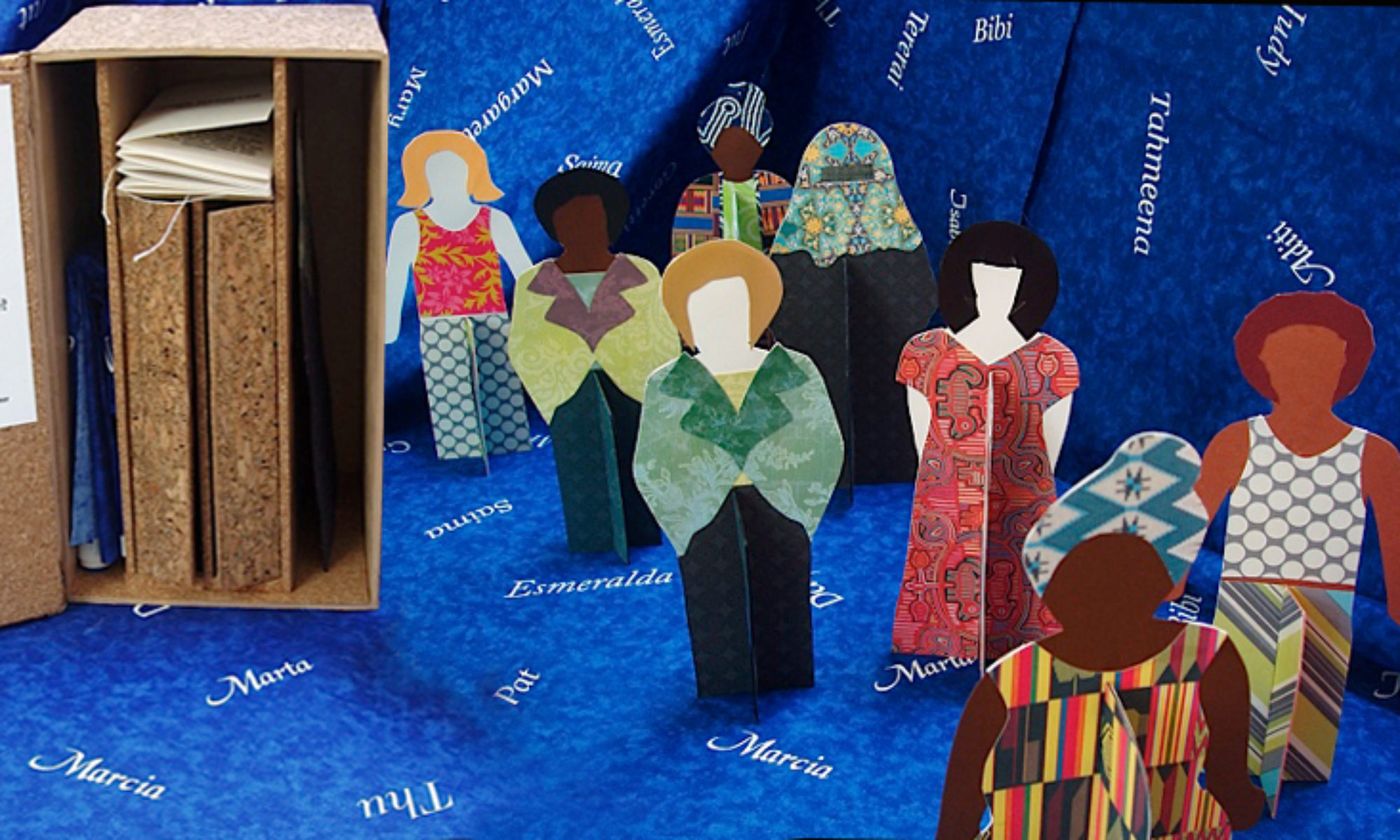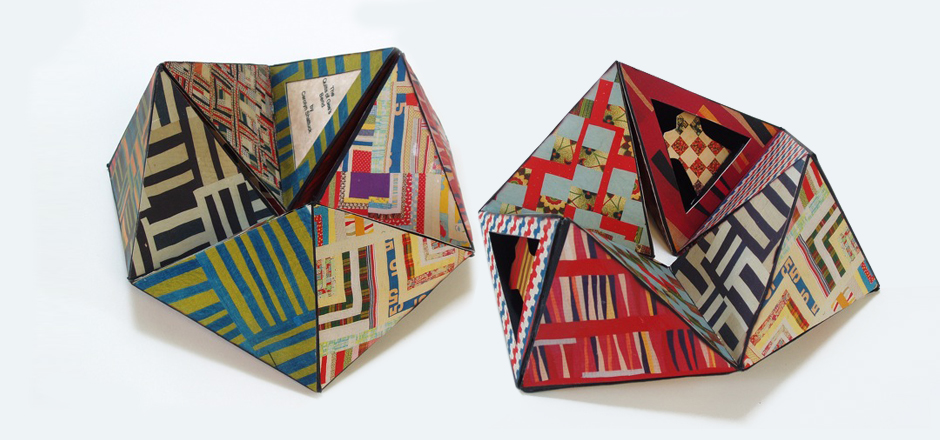Wardrobe Chronicles
Raising Awareness of Women’s Rights
Through the process of making and dressing cutout women figures , stories unfold. These figures, represented globally, bring light to the silent crimes they endure. “Rape is the culture of silence”, quotes President Ellen Johnson Sirleaf. In India, bride burning takes place approximately once every 2 hours. In Asia alone, one million children are working in the sex trade.Violence and abuse towards women takes place everywhere. This installation of women who stand on a named scarf celebrate their dignity while telling stories of hope.
In the early 1990’s, the United Nations and the World Bank began to proclaim the potential resource that women and girls represent. ” Investment in girls’ education may be the highest return investment available in the developing world.” Larry Summers wrote when he was chief economist of the World Bank.
The Mouse and the Monster
Anonymous
Friday night was card and
beer night. He drank himself into
a stupor. He would come home
a monster. The beating and
punches began until he became
exhausted. While I was
smashed into the walls or space I
did not make a muffled sound.
I ate my pain.
Fear dominated deep into my
spiritual soul.
The Quilts of Gee’s Bend, vol. 2
Remarkable works of art, from a tradition that dates back four generations, are made by women who live in a rural African, American Alabama community. The goal was to improvise with established designs to create a unique composition. Materials such as old clothes, cornmeal sacks, denim jeans and fabrics that fit the color palette were used. This book honors the unnamed women who made these unusual and stunning quilts. The Quilts of Gee’s Bend, vol. 2 is a flexagon, H- 3.5″ x W-8.5″ x D-8.5″. inkjet printed on Epson paper. Edition 25.
Purchased by: Brooklyn Museum Library – Brooklyn, NY

